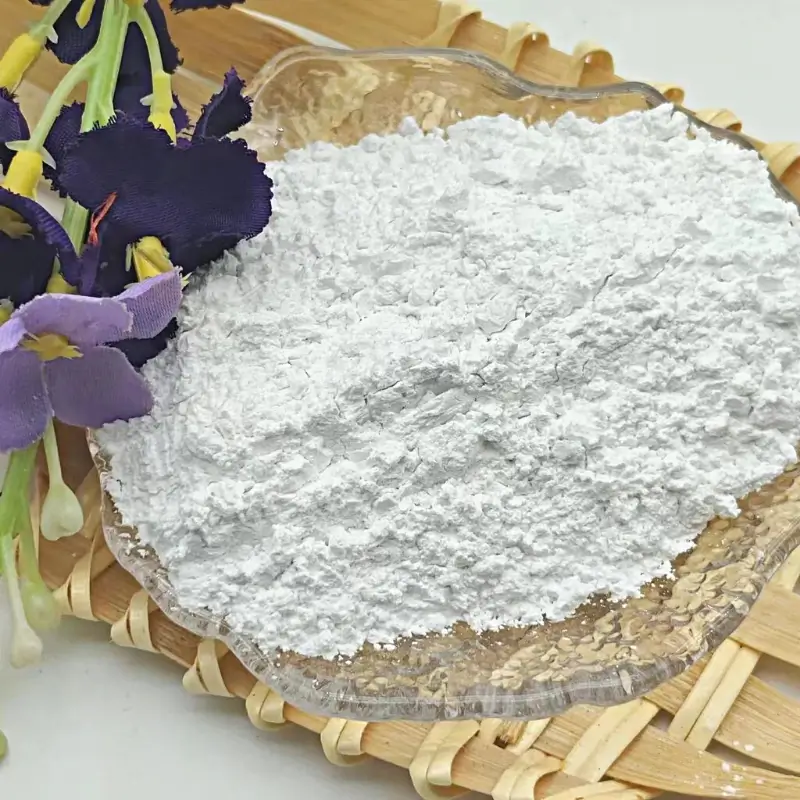
china silica fume fly ash
The Role of Silica Fume and Fly Ash in Sustainable Construction in China
The global construction industry is undergoing a significant transformation as it shifts towards more sustainable practices. Among the various materials being explored to enhance sustainability in construction, silica fume and fly ash have emerged as particularly important constituents. In China, where rapid urbanization and industrial growth have led to substantial environmental challenges, the utilization of these materials offers a promising pathway to reduce carbon footprints and increase the overall performance of concrete.
Understanding Silica Fume and Fly Ash
Silica fume, a byproduct of silicon metal production, is composed primarily of silicon dioxide. It is known for its extremely fine particles, which can improve the strength and durability of concrete when integrated into mix designs. Fly ash, on the other hand, is a byproduct of burning pulverized coal in electric power plants. It contains a variety of mineral oxides, particularly silica, alumina, and iron, which contribute to its pozzolanic properties.
Both materials play a crucial role in enhancing concrete properties. When incorporated into concrete, silica fume enhances the density and reduces permeability, leading to greater resistance against chloride intrusion and sulfate attack. On the other hand, fly ash improves workability and reduces heat of hydration, which is especially beneficial in large pours and hot weather conditions.
Environmental Benefits
The incorporation of silica fume and fly ash in concrete mixes aligns with China's commitment to sustainability and reducing greenhouse gas emissions. The production of traditional Portland cement is a major contributor to CO2 emissions, accounting for approximately 8% of the global total. By replacing a significant portion of cement with these supplementary cementitious materials, the carbon footprint of concrete can be dramatically reduced.
In addition, using fly ash for concrete not only utilizes waste material from coal combustion but also reduces the demand for cement production, leading to lower energy consumption. The recycling of industrial byproducts like fly ash contributes to a circular economy, aligning with sustainable development goals and promoting resource efficiency.
china silica fume fly ash

Economic Considerations
The use of silica fume and fly ash also presents significant economic benefits. Concrete mixes that incorporate these materials often exhibit enhanced properties, leading to reduced maintenance costs and extended service life for structures. Additionally, with the increasing scarcity and cost of high-quality aggregates and cement, utilizing fly ash and silica fume as replacement materials can offer a cost-effective solution for manufacturers and contractors.
Moreover, as environmental regulations become more stringent, the demand for green building materials is expected to increase. The use of silica fume and fly ash can help construction companies meet these regulations and achieve green certifications for their projects, which can enhance marketability and profitability.
Challenges and Solutions
Despite the evident benefits, the use of silica fume and fly ash in concrete faces several challenges. One major issue is the variability in the properties of fly ash depending on the source and the burning process of coal. This can affect the consistency and performance of concrete. To mitigate this, thorough testing and quality control are essential before using fly ash in construction projects.
Additionally, promoting awareness and educating stakeholders in the construction sector about the benefits and proper application of these materials is crucial. Government incentives and policies can also play a significant role in encouraging the adoption of silica fume and fly ash, particularly through supporting research and development initiatives.
Conclusion
The integration of silica fume and fly ash into concrete not only enhances the mechanical properties and durability of construction materials but also aligns with the broader objectives of sustainable development in China. As the country continues to grapple with environmental challenges due to rapid industrialization, these supplementary cementitious materials offer a viable solution to reduce carbon emissions and promote the circular economy. By embracing these innovations, the Chinese construction industry can take significant strides towards a more sustainable and resilient future.
Share
-
Premium Pigment Supplier Custom Solutions & Bulk OrdersNewsMay.30,2025
-
Top China Slag Fly Ash Manufacturer OEM Factory SolutionsNewsMay.30,2025
-
Natural Lava Rock & Pumice for Landscaping Durable Volcanic SolutionsNewsMay.30,2025
-
Custom Micro Silica Fume Powder Manufacturers High-Purity SolutionsNewsMay.29,2025
-
Custom Mica Powder Pigment Manufacturers Vibrant Colors & Bulk OrdersNewsMay.29,2025
-
Custom Micro Silica Fume Powder Manufacturers Premium QualityNewsMay.29,2025






